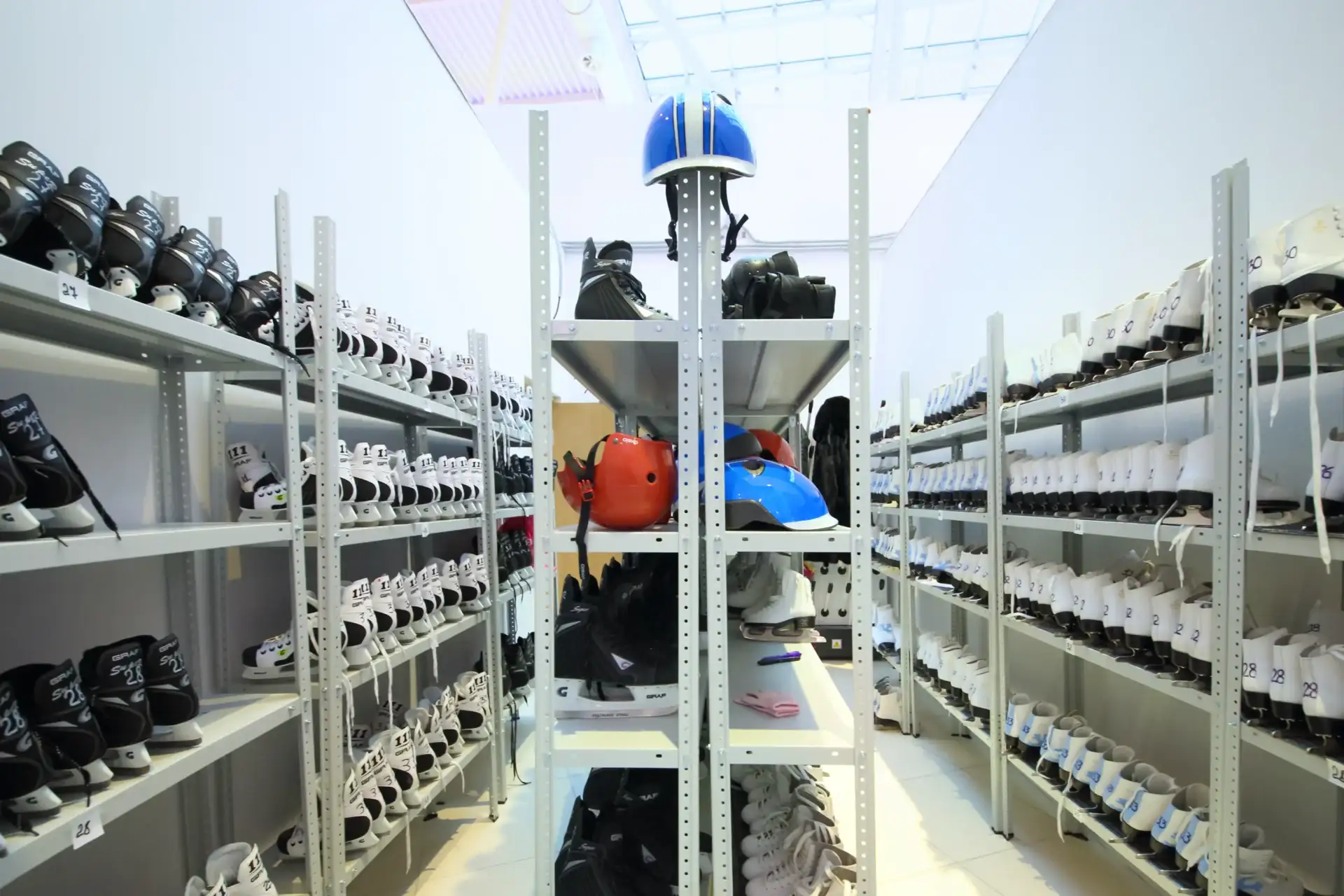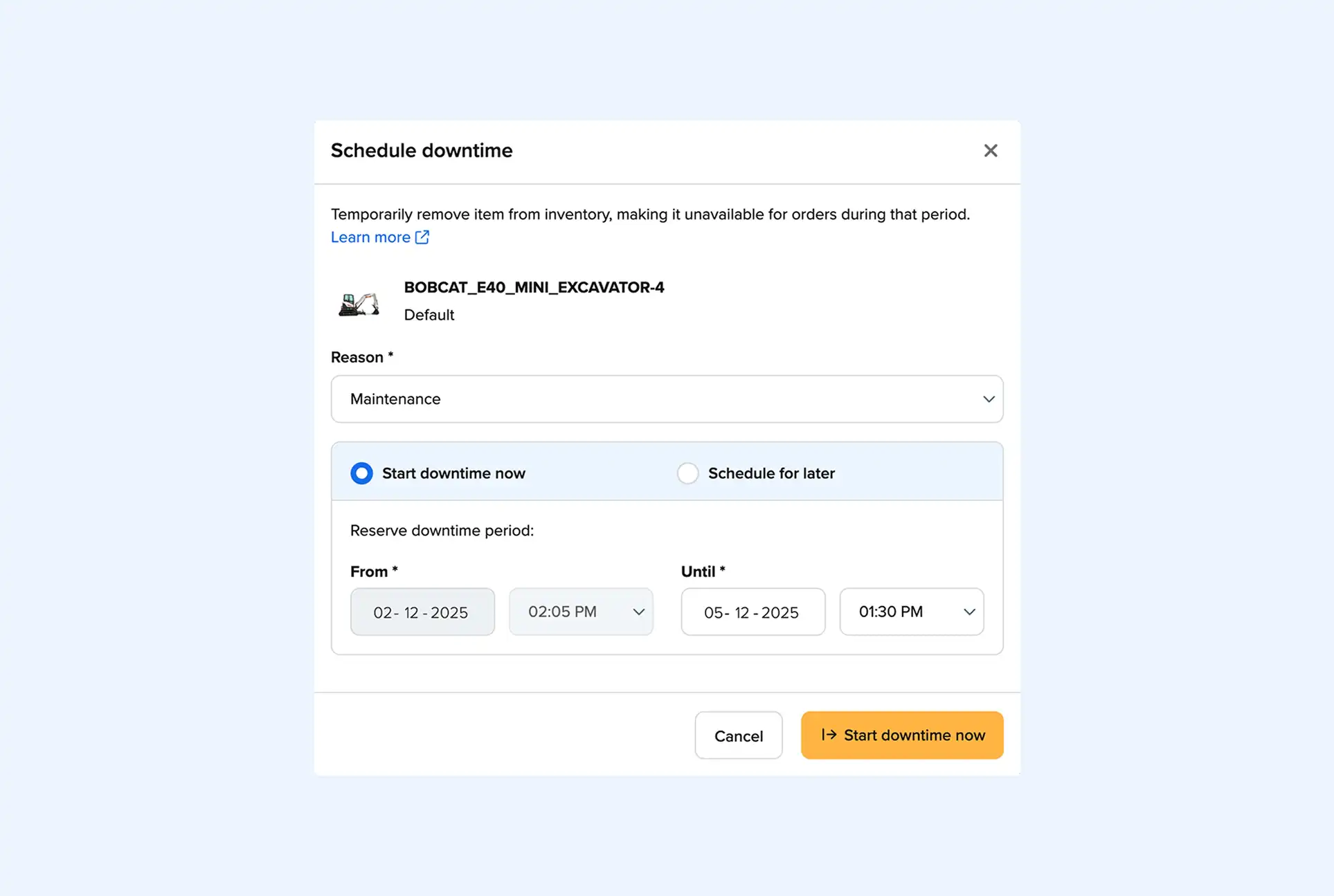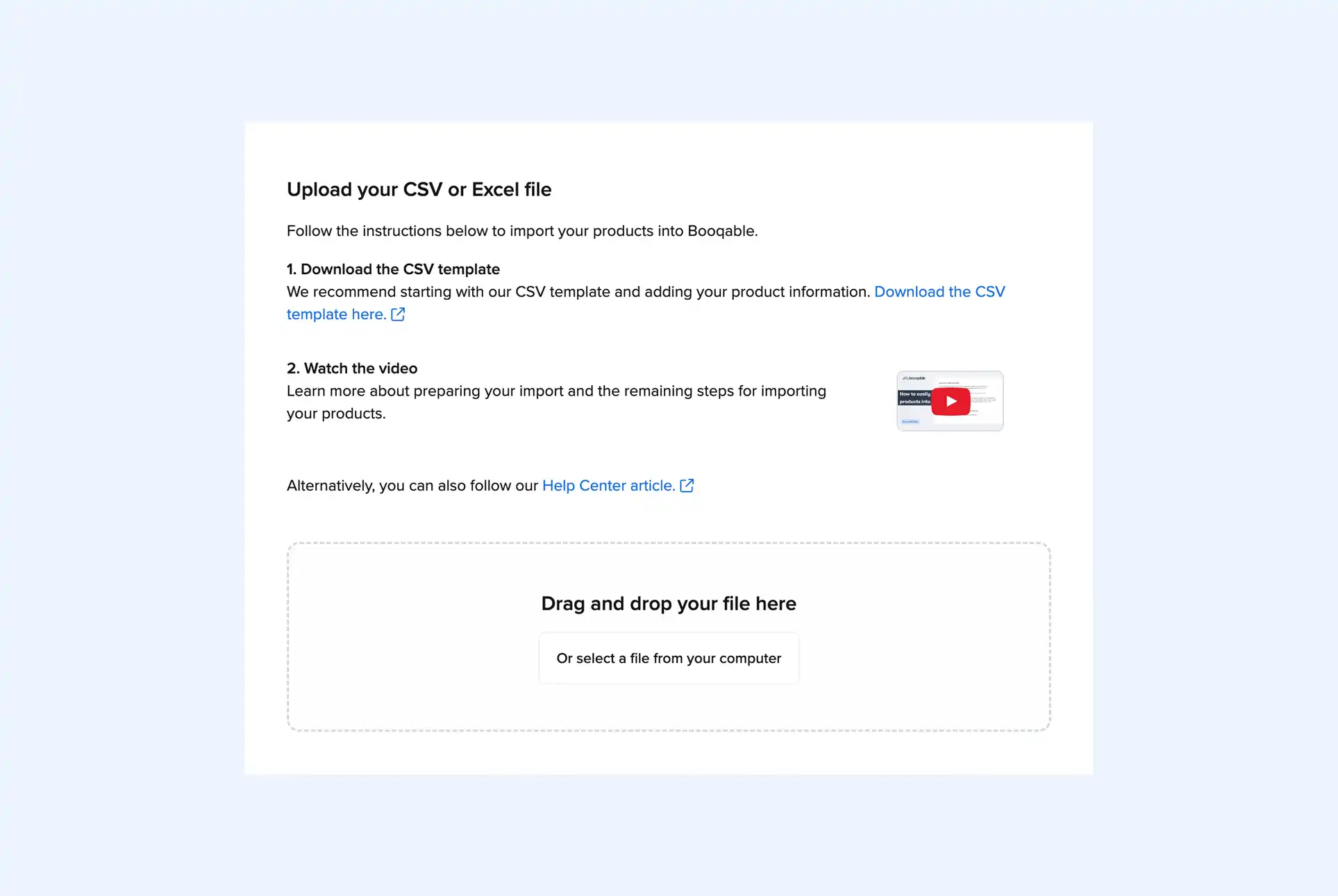Rental businesses face unique challenges in managing inventory efficiently. The nature of these challenges can directly impact customer satisfaction and the bottom line. This blog post will explore the five biggest inventory management problems that rental businesses often grapple with and consider ways to address them.
1. Overbooking and double-booking
Overbooking or double-booking happens when the same item is reserved for multiple customers simultaneously. This can result from manual booking errors, lack of real-time inventory updates, or inadequate reservation systems. Such mistakes lead to customer frustration, operational chaos, and a tarnished business reputation.
However, there are some things that you can do to prevent the chances of items being overbooked or double-booked:
- Upgrade to an advanced reservation system: Transitioning to a modern, cloud-based reservation system that offers instant updates on inventory and stock levels can drastically reduce overbooking instances. This system can integrate seamlessly with your existing workflow, providing a user-friendly interface for staff managing inventory.
- Add real-time availability to your website: In addition to managing inventory in real-time on the backend, you can implement real-time availability on your website. This will allow customers to see what is available and prevent items from being overbooked. This will work with your rental software to provide one system of truth.
- Maintain a buffer inventory: Keeping a small surplus of high-demand items can be a safety net for unexpected bookings or overbookings. This strategy requires careful analysis of historical data to predict which items are most likely to be overbooked.
Start your rental business for just $29/month
Put your toes in the water and test the demand in your area with a rental website for just $29/month.
2. Inventory tracking and visibility
Maintaining accurate records for a large and diverse inventory can be overwhelming. A lack of visibility into the current status, location, and condition of each item can lead to mismanagement and customer dissatisfaction. So, it is essential to know where your rental equipment is at all times to prevent costly mistakes.
This can be achieved automatically through inventory management software, actively using barcoding, and manually through auditing. Here’s how each of them can improve inventory visibility:
- Automated inventory management software: Deploying software that enables real-time tracking, status updates, and availability for each inventory item can streamline operations. Look for solutions that offer comprehensive features like mobile access, barcode scanning, and integration with other business systems.
- Utilize barcodes or QR codes: Implementing a system of barcodes or QR codes allows for quick identification and tracking of inventory. This can significantly speed up processes such as check-in/check-out, maintenance tracking, and auditing.
- Conduct regular audits: Routine physical audits of your inventory, aligned with your software’s records, are crucial for identifying and rectifying any discrepancies. This process ensures the accuracy of your inventory data, aiding in effective management.
3. Equipment maintenance
Ensuring that each rental item is in top working condition requires systematic tracking of maintenance schedules and service histories. Poor maintenance can lead to unsafe equipment, dissatisfied customers, and potential legal issues. All of these can be detrimental to your business’s reputation and revenue.
Keeping to a schedule and recording servicing is essential to stay on top of maintenance. It is also beneficial to conduct quality control checks before and after rentals. Here is how you can achieve proper equipment maintenance:
- Implement maintenance scheduling: Creating a maintenance schedule for your inventory and setting up alerts for upcoming service needs can prevent equipment downtime.
- Track service history: Keeping detailed records of maintenance, repairs, and any customer feedback regarding equipment condition helps monitor each item’s lifecycle. This information can be crucial for making informed decisions about repairs, replacements, and investments in new inventory.
- Quality control checks: Establishing a protocol for quality control checks before and after rentals ensures that items meet safety and performance standards. This could involve detailed checklists and photographs to document the condition of items pre- and post-rental.
Start with building your rental website
Every new rental business starts with a website to get their first bookings.
4. Theft and loss prevention
Theft or loss of inventory results in direct financial loss and can disrupt operations. Rental businesses need effective strategies to protect their assets and ensure items are available when needed. These measures can include enhanced security measures, screening customers, and training staff to spot would-be thieves.
By completing the strategies below, you achieve reduced theft and increased loss prevention:
- Enhance security measures: Physical security measures, including secure storage facilities, locks, and surveillance systems, are fundamental. Assessing risk and implementing appropriate security based on the value and mobility of items is critical.
- Screen first-time customers: You can also reduce the chance of theft by screening first-time customers. This is a particularly good idea when you are renting out high value items. You can ask for references or a deposit to ensure the customer is trustworthy.
- Employee training: Educating staff on security best practices and the importance of vigilance can foster a culture of responsibility and accountability, reducing instances of theft or loss.
5. Seasonal demand and inventory management
Fluctuating demand throughout the year makes it challenging to maintain optimal inventory levels. Overestimating demand can lead to excessive storage costs, while underestimating can result in lost revenue and customer dissatisfaction.
You need to leverage data and create partnerships to help you prevent overspending and maintain the right amount of equipment for your business needs. Try the following:
- Leverage demand forecasting: Analyzing historical data and market trends can help predict seasonal demand fluctuations. This information allows for strategic planning of inventory levels, minimizing excess stock while ensuring availability.
- Invest in flexible inventory: Multi-purpose or adaptable inventory items can serve various customer needs, mitigating the impact of seasonal demand changes. This approach requires a thorough understanding of customer preferences and market trends.
- Forge rental partnerships: Collaborating with other businesses to share or borrow inventory during peak times can ensure customer needs are met without significant investment in additional stock. Establishing these partnerships requires clear agreements on terms, conditions, and costs.
By addressing these challenges with targeted solutions, rental businesses can improve their operations, enhance customer satisfaction, and maintain a competitive edge. Implementing advanced technology and adopting best practices in inventory management is critical to overcoming these obstacles and achieving long-term success.




